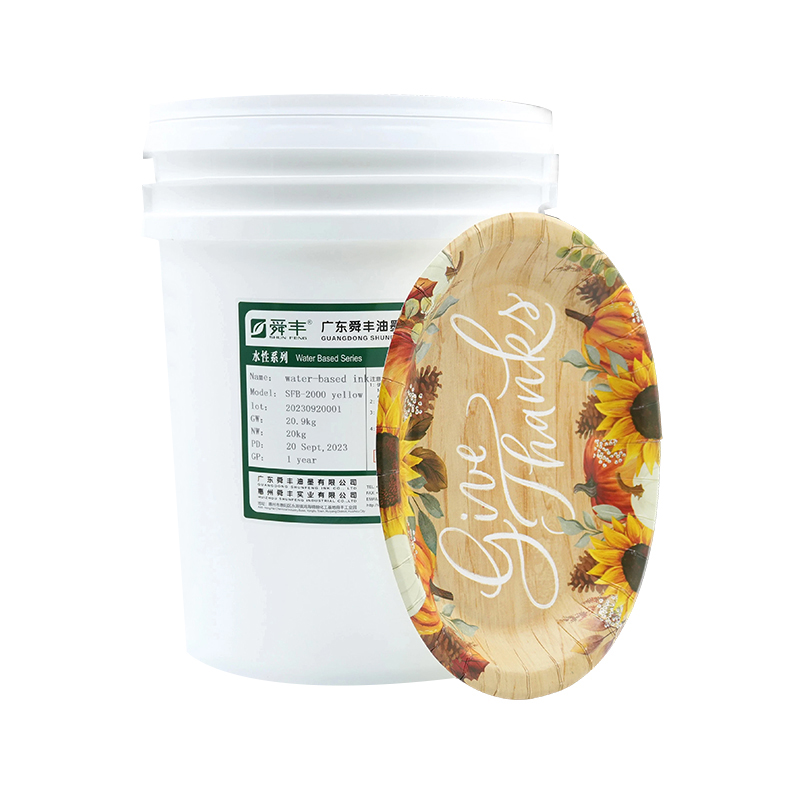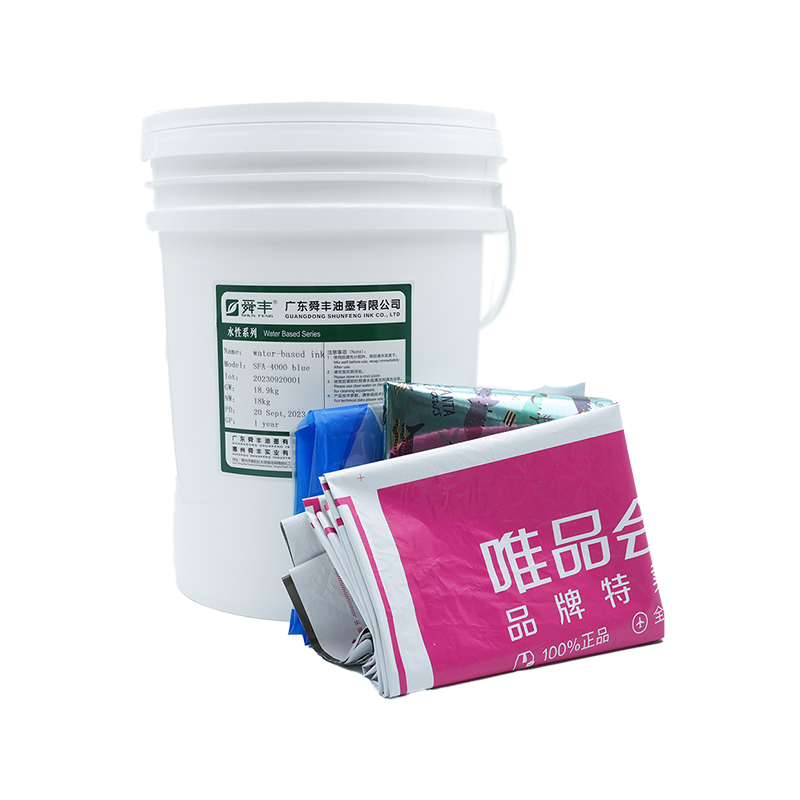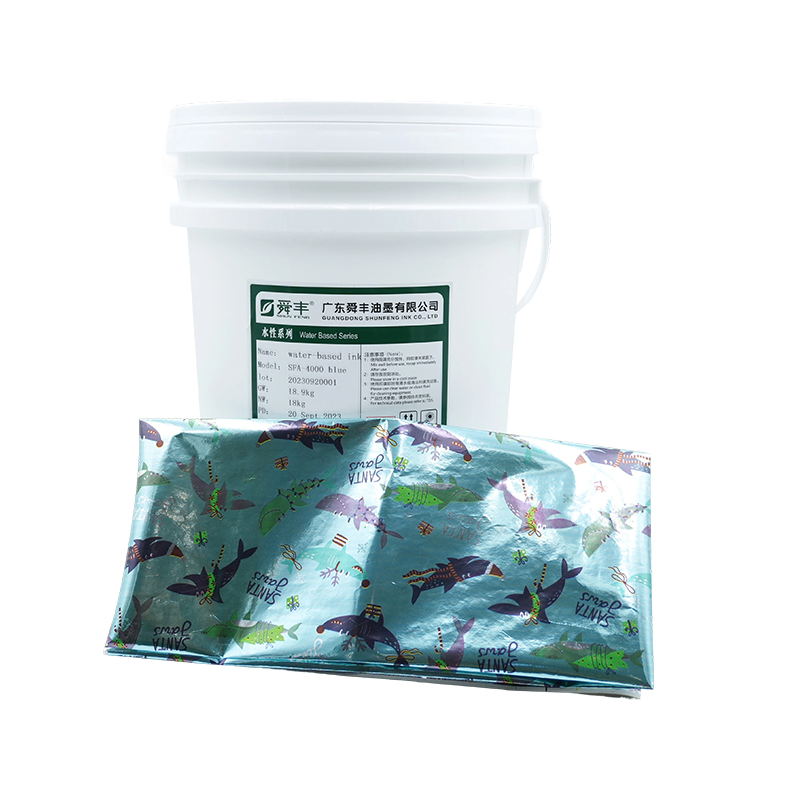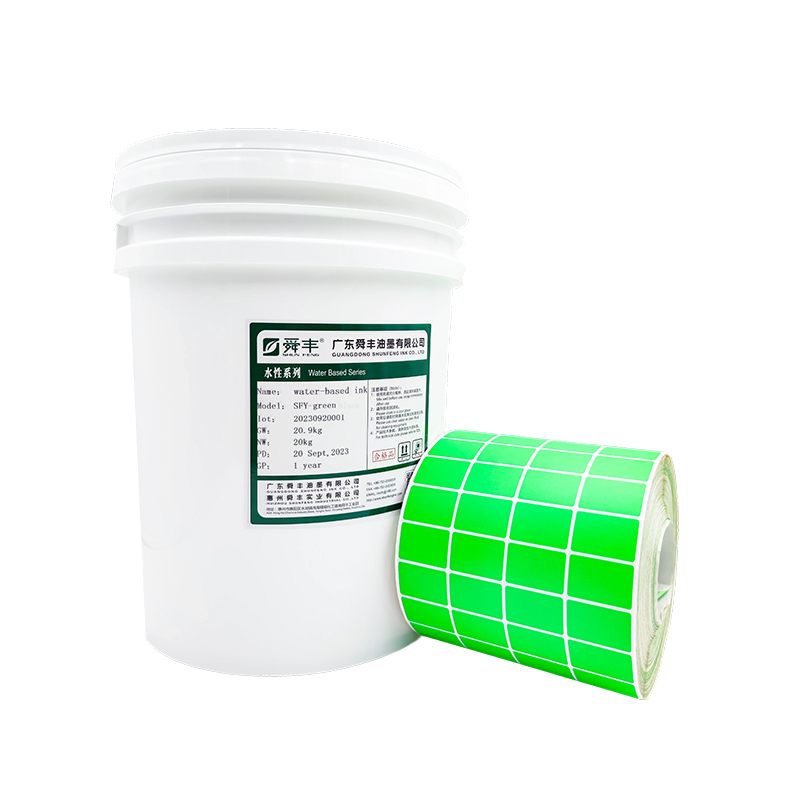Does the high fineness of Flexo water-based fluorescent ink produce clearer printed patterns?
Release Time : 2025-08-20
The high fineness of Flexo water-based fluorescent ink is a key factor in enhancing printed image clarity. This characteristic provides fundamental support for image rendering at the microscopic level of the ink. Ink fineness is primarily reflected in the size and uniformity of the pigment particles, as well as their integration with the binder. In high-fineness Flexo water-based fluorescent ink, the fluorescent pigment particles are typically micron-sized, with a concentrated particle size distribution, avoiding the surface roughness caused by larger pigment particles. Furthermore, the pigment is fully emulsified and integrated with the water-based binder, forming a uniform and stable colloidal system. This ensures even transfer of the ink to the substrate during printing, laying the foundation for clear image reproduction.
During the printing process, this high-fineness ink better adapts to the fine grain of flexographic plates, accurately reproducing image details. The flexographic printing process relies on anilox roller inking and embossing of the flexographic plate. The precision of the dots and lines on the plate directly determines the clarity of the image. Coarse ink particles can easily clog the anilox roller's tiny cells during the ink transfer process, resulting in uneven ink transfer. This can also prevent the plate's fine lines from filling the microscopic grooves during embossing, leading to blurred edges and missing dots. Flexo water-based fluorescent ink, however, offers superior fluidity, allowing it to flow smoothly through the anilox roller's tiny channels, evenly covering every dot and line on the plate surface. This ensures perfect reproduction of design details, especially when processing fine text, gradients, and complex patterns, avoiding image incompleteness or rough edges.
Highly fine inks can reduce plate smearing and ink splashing during the printing process, ensuring sharp edges. Smearing is a common quality issue in flexo printing, often caused by large or unevenly distributed ink particles that accumulate at the edges of the plate's dots, blurring the image. Ink splashing occurs when atomized ink contaminates non-printing areas, affecting the cleanliness of the image. The high fineness of Flexo water-based fluorescent ink allows for even spreading under printing pressure. The pigment particles also maintain strong adhesion to the substrate, preventing them from shifting or accumulating due to external forces. This characteristic is particularly important for fine lines and small dot patterns, ensuring straight, sharp line edges and uniform dot size, avoiding issues such as line thickening and dot enlargement that affect clarity.
In terms of substrate adaptability, high-fineness inks better adapt to the surface characteristics of different materials, enhancing the rendering of detailed images. The surface smoothness of substrates such as paper, film, and cardboard varies significantly, and rough surfaces can easily obscure design details with standard inks. Flexo water-based fluorescent ink, however, offers improved wettability and permeability, forming a uniform ink film across diverse surfaces. This is especially true on non-absorbent or low-absorbent materials, where the ink quickly levels and cures, minimizing design distortion caused by uneven surface tension. For example, when printing on PET film, a film commonly used in food packaging, high-fineness inks accurately render subtle textures, resulting in vibrant fluorescent colors while maintaining detailed clarity.
High-precision fluorescent inks offer more precise color reproduction, enhancing the overall layering and clarity of designs. Fluorescent ink's color effects rely on uniform pigment dispersion. Coarse particles can lead to uneven color distribution, resulting in areas of overly bright or dim colors, affecting the visual clarity of the design. In contrast, the highly fine Flexo water-based fluorescent inks feature uniformly distributed fluorescent pigments, resulting in a consistent fluorescent effect under illumination, giving the design rich, distinct colors. When creating gradient patterns, high-precision inks achieve smooth transitions between tones, avoiding color blockage caused by particle clumping. This allows for a natural, smooth transition from light to dark, enhancing overall visual clarity.
During the drying process after printing, high-precision inks shrink more evenly, minimizing pattern distortion and loss of detail. Water-based inks use water as a solvent, and the drying process involves water evaporation and shrinkage of the ink film. Coarse particles can easily cause uneven stress during shrinkage, leading to cracking or localized bulging of the ink film, compromising the integrity of the design. The high-definition Flexo water-based fluorescent ink, with its tightly integrated pigment and binder, shrinks uniformly during drying, preserving the printed image's shape. This is particularly true when combining large solid areas with fine lines. The ink ensures both smooth and flat solid areas and crisp, continuous lines, avoiding blurry details after drying.
The high fineness of Flexo water-based fluorescent ink significantly enhances the clarity of printed images by optimizing pigment particle properties, improving ink transfer accuracy, reducing printing defects, enhancing material compatibility, improving color uniformity, and ensuring drying stability. This advantage is particularly evident in fine printing applications. Whether it's brand logos, product descriptions, or complex decorative patterns on packaging, this high-definition ink delivers sharp edges, complete details, and uniform color, meeting the high-quality visual demands of modern printing and adding appeal to product packaging and promotional materials.







